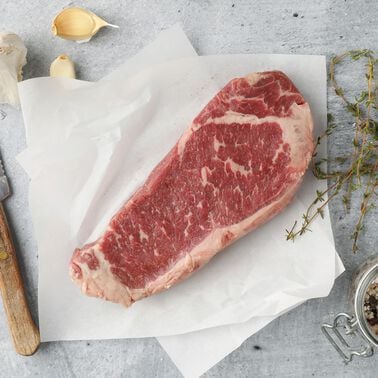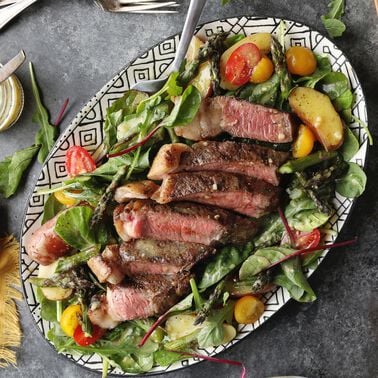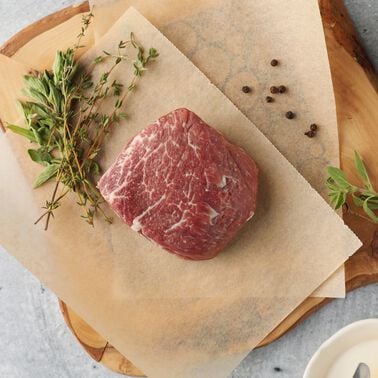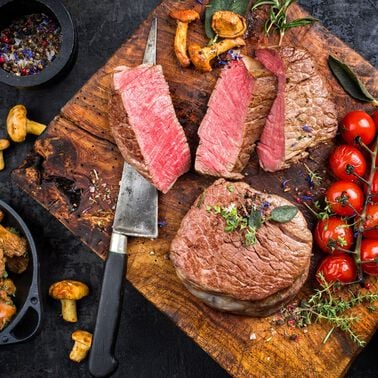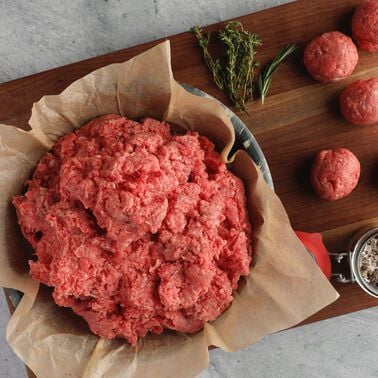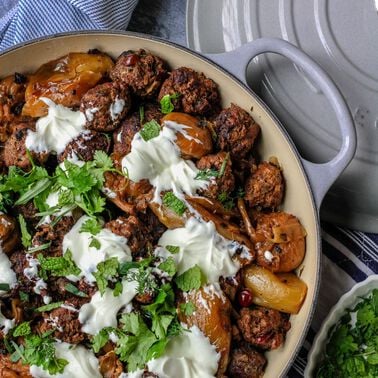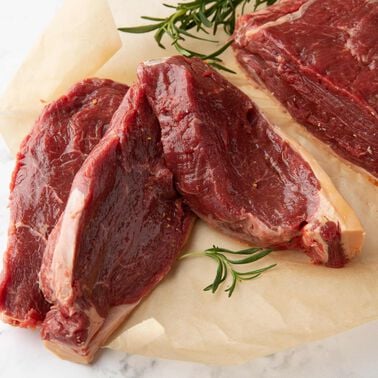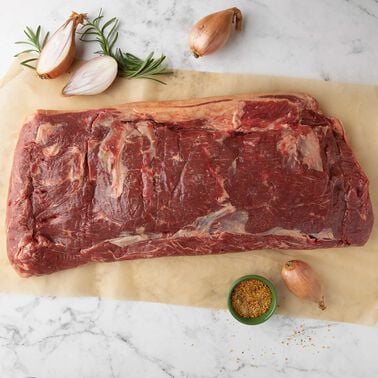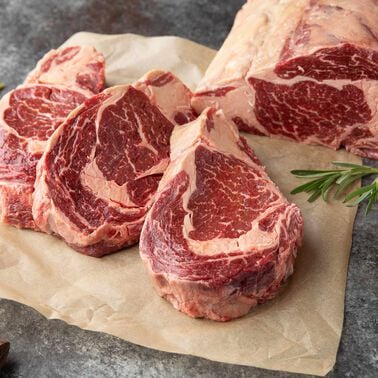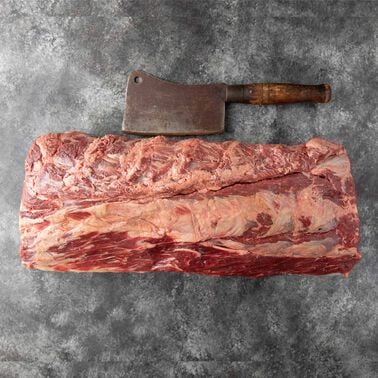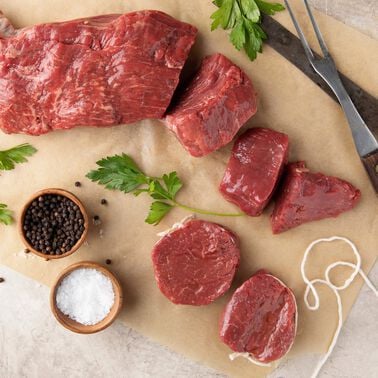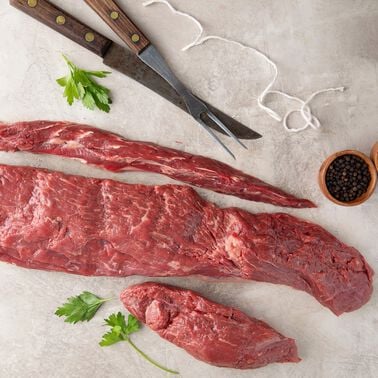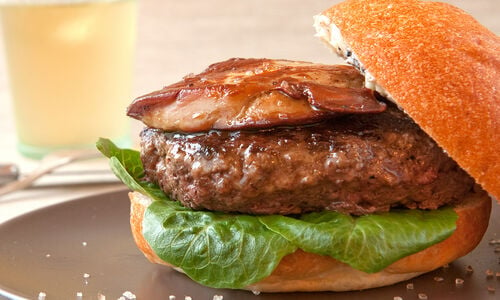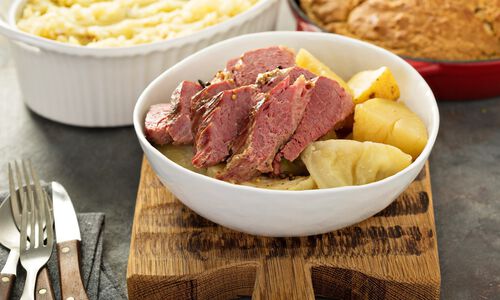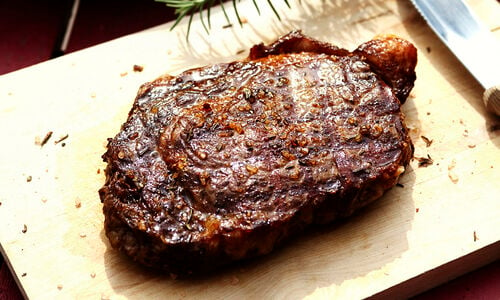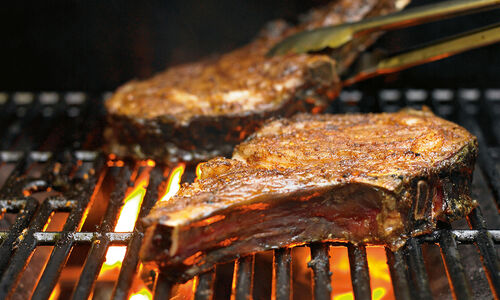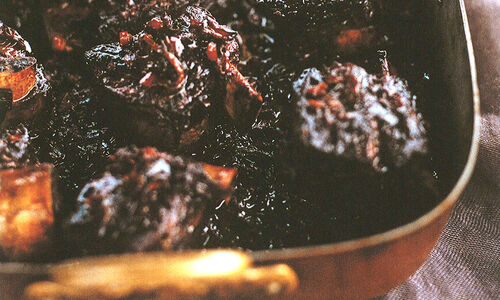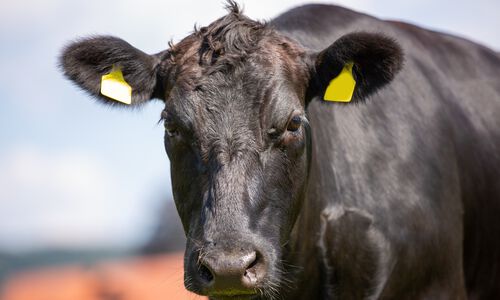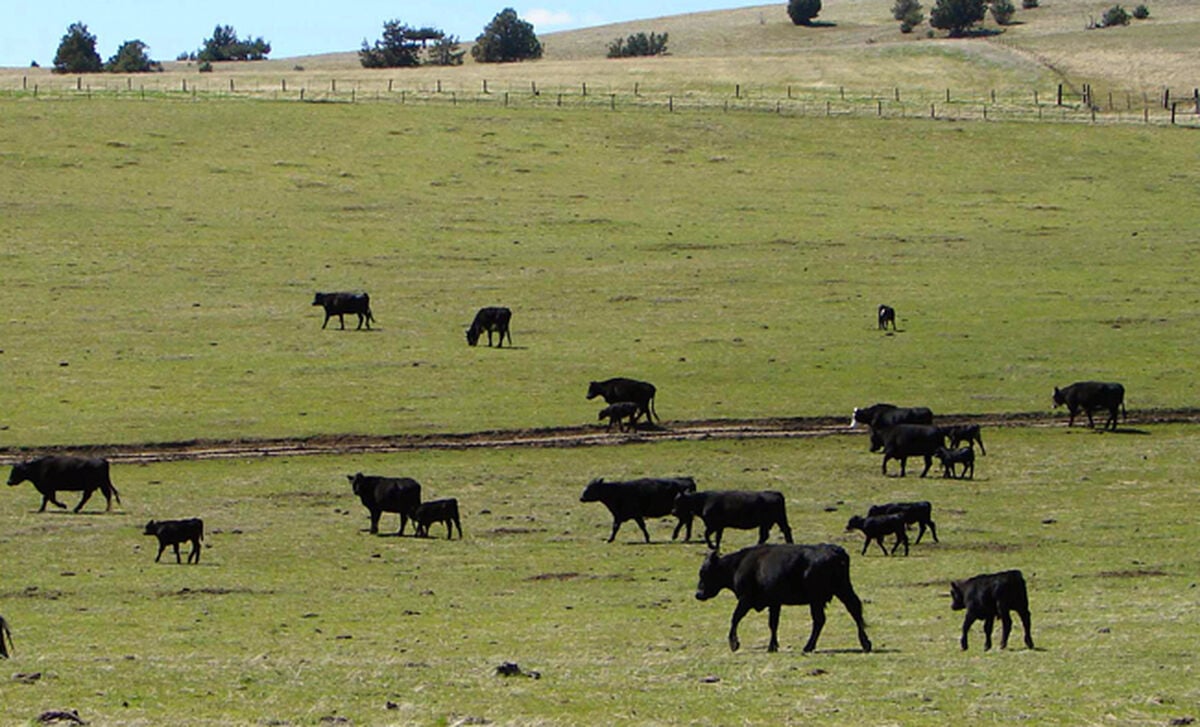
We've been eating beef since prehistoric times, as evidenced by the earliest cave paintings depiction of the hunt for the aurochs, a primitive bovine. Domestication of cattle happened around 8000 BC, and that is when beef consumption really took off. Fast forward to the modern American backyard grill, and try to imagine a world without our favorite red meat (ignoring vegetarians, of course).
Since the topic of raising cattle and eating beef is so wide ranging, we will focus on American traditions and history (with apologies to our friends in Argentina, Great Britain and beyond who share our nation's love of beef).
It seems that Spanish explorers introduced the first Longhorn cattle to America way back in 1534; and the British colonists brought Devon cattle, a valuable source of leather, milk, labor, and of course, beef, with them as early as 1623. At this point, the Native Americans were still hunting buffalo on the vast, lush grasslands of the prairie. And, unlike back in Europe, there was plenty of space to raise cattle and dairy cows, in the huge tracts of pastureland.
Since then many other breeds were imported – Herefords, Aberdeen Angus, Shorthorns, Ayrshire, Charolais, Chianina, Galloway, Guernsey, Jersey, Limousin, Simmenthal and crossbreeds. Some were brought for their success as dairy producers, others for their meat. Breeds vary as far as their fat marbling, size and yield, and of course, in the case of dairy cows, the quality and volume of milk production. The best known and most eaten breed is probably the Black Angus, which is a cross between Scottish Aberdeen Angus bulls and Texas Longhorn cows. The Aberdeen Angus was introduced to America in 1873, surprising a livestock exposition with their natural lack of horns.These polled (or hornless) cattle mixed well with the Longhorns and today Black Angus is the most popular breed in the United States.
Raising Beef
Beef on the hoof may conjure up images of the iconic cowboy out west, riding a horse and brandishing a lasso. The word “cowboy” has roots in the Spanish vaquero (vaca being cow), appropriately enough, seeing the Spanish role in introducing cattle in the first place. A cowboy used to literally be a youth who tended a herd of cattle. But it wasn’t until the 1860s that the mythic American cowboy rose with the beef cattle industry. Texas ranchers bred their Longhorn cattle with Hereford and Angus to produce beef which was rising in demand in the Eastern states. Large open spaces allowed the cattle to live on the range, and then be rounded up by cowboys, who would drive the herd to a town, where, thanks to the Transcontinental Railroad, it was possible to transport live cattle in railroad cars to butchers in the east (often Chicago) for slaughtering. These so called “cow towns” out west developed reputations as wild places where cowboys who had been out on the range for weeks would spend their money in saloons and brothels. Many of their antics have been immortalized in novels and films, and as a result, the cowboy lives as an American icon.
The days of the open range and the cattle drives were limited, however. As more settlers made their way west, the grass was depleted and the land developed for other uses. By the 1890s cattle were more commonly raised on ranches. One important reason this happened was the invention of barbed wire, which allowed ranchers to fence off vast tracts of land to control the range of the cattle. But the image of a cowboy on his horse, rounding up cattle in vast plains persists in American memory. It's not a tradition entirely gone, as even cattle on ranch land need to be branded and rounded up, and it's cowboys that do that work. Still wearing their wide-brimmed hats, jangling spurs and leather chaps.
